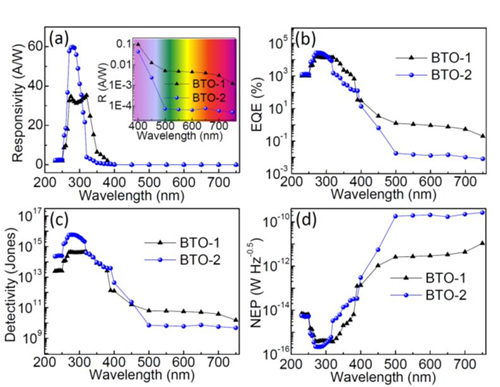[China Instrument Network Instrument R&D] Recently, Li Guanghai, a researcher at the Institute of Solid State Physics of the Chinese Academy of Sciences' Hefei Institute of Physical Sciences, made progress in high-performance UV light detection thin film devices. The relevant results were published on ACS Applied Materials & Interfaces and applications were made. There are 2 national invention patents.
Performance of Bi-doped SnO2 thin film photodetector devices: (a) responsivity, (b) external quantum efficiency, (c) detection rate, and (d) noise equivalent power.
UV detectors have broad application prospects in space astronomical telescopes, early warning of military missiles, non-line-of-sight privacy optical communications, sea fog piloting, high-pressure corona monitoring, field fire remote sensing, and biochemical detection. In practical applications, due to the uncertainty of the natural environment, the UV intensity of the target to be measured is usually not high, and there are a large number of gas molecules or dust that have strong absorption and scattering ability for the UV light in the environment, resulting in the final arrival of the detector. The detected UV signal is very weak. Therefore, it is very important to improve the ability of UV detectors to detect weak light. Detectivity is an important indicator to measure the ability of a detector to detect weak light. The detection rate is determined by the responsivity and dark current density. The higher the responsivity, the lower the dark current density and the higher the detection rate of the device. The high detection rate is more conducive to the detection of weak ultraviolet light. However, for most semiconductor photoconductive detectors, devices with high responsivity are often accompanied by high dark currents; increasing the material quality and reducing defects can reduce the dark current of the device, but the responsivity decreases. Therefore, the detection rate of the device is difficult to increase, which limits the application of the light guide detector in detection of weak ultraviolet light.
In response to these problems, Pan Shusheng, an associate researcher of Li Guanghai's research group, proposed a new method for constructing ultraviolet detectors using intermediate semiconductors as the core material, based on the previous studies of transparent high resistance films. The intermediate zone has a high density of states and can effectively trap the electrons generated by the intrinsic defect on the conduction band, thereby reducing the dark current of the device. On the other hand, when light is shining, carriers stored on the intermediate zone can be added to the valence band. The light is excited by the photoconductor to contribute to the photocurrent, so the intermediate-band semiconductor ultraviolet detector can achieve a high responsivity while reducing the dark current. The magnetron reactive sputtering technique was used to deposit Bi-doped SnO2 thin films. By optimizing the experimental design and parameters, a photoconductive ultraviolet detector based on the intermediate semiconductor thin film was constructed. Performance test results show that the dark current of the device is reduced to 0.25nA, the 280nm wavelength ultraviolet light response is 60A/W, the external quantum efficiency is 2.9x104%, the detection rate is 6.1x1015Jones, and the UV-visible light suppression ratio is on the order of 103. The dynamic range of the device is as high as 195 dB, which means that the Bi-doped SnO2 thin film photodetector can detect extremely weak ultraviolet light (equivalent to 300 UV photons per second), and can also detect strong ultraviolet light.
The research work was supported by the National Natural Science Foundation of China and the Hefei Research Institute Institute of Solid Fund.
(Original Title: Research Progress of Hefei Research Institute High-Performance Ultraviolet Photodetector)
Omega Light Keel Roll Forming Machine is used galvanized, PPGI, Aluminum coils as raw materials, products are light weigth, heavt duty, ususlly used for building decorations, especially suitable to use in bedroom, kitchen, washroom, corridor and so on.
Specifications:
|
Raw material
|
PPGI, GI, Aluminum coils
|
|
Material thickness range
|
0.3-1mm
|
|
Forming speed
|
30-40m/min(without punching)
|
|
Rollers
|
12 rows
|
|
Material of forming rollers
|
45# steel with chromed
|
|
Shaft diameter and material
|
40mm, material is 40Cr
|
|
Controlling system
|
PLC
|
|
Material of cutting blade
|
Cr12 mould steel with quenched treatment
|
|
Voltage
|
380V/3Phase/50Hz or at your requirement
|
|
Main motor power
|
4KW
|
|
Hydraulic atation power
|
3KW
|
|
Way of driven
|
Gear box
|
Working process:
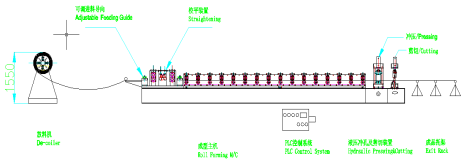
Decoiler - Feeding guide - Straightening - Main roll forming machine - PLC control system - Servo tracking cutting - Receiving table
Pictures for machine:
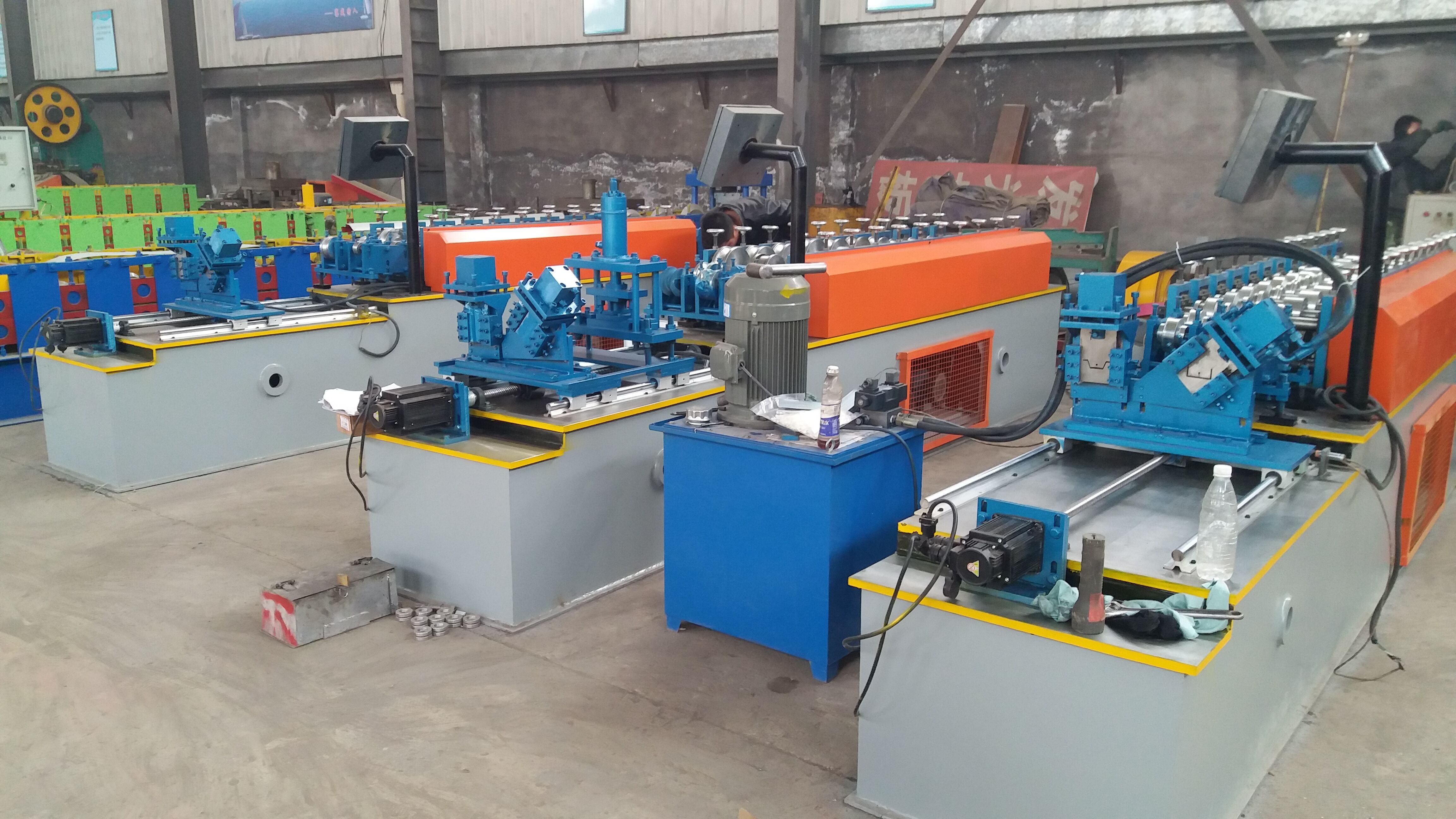
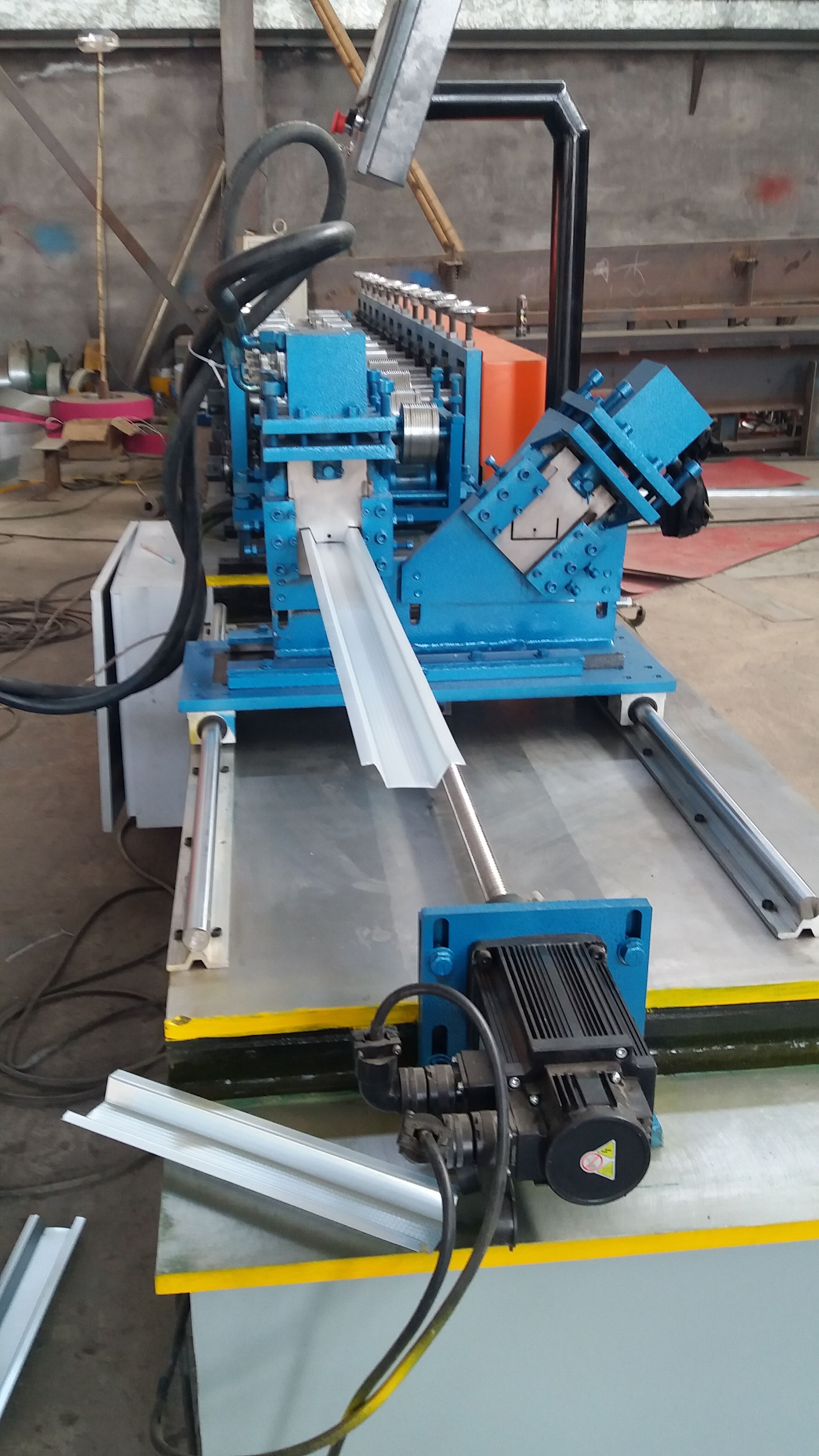
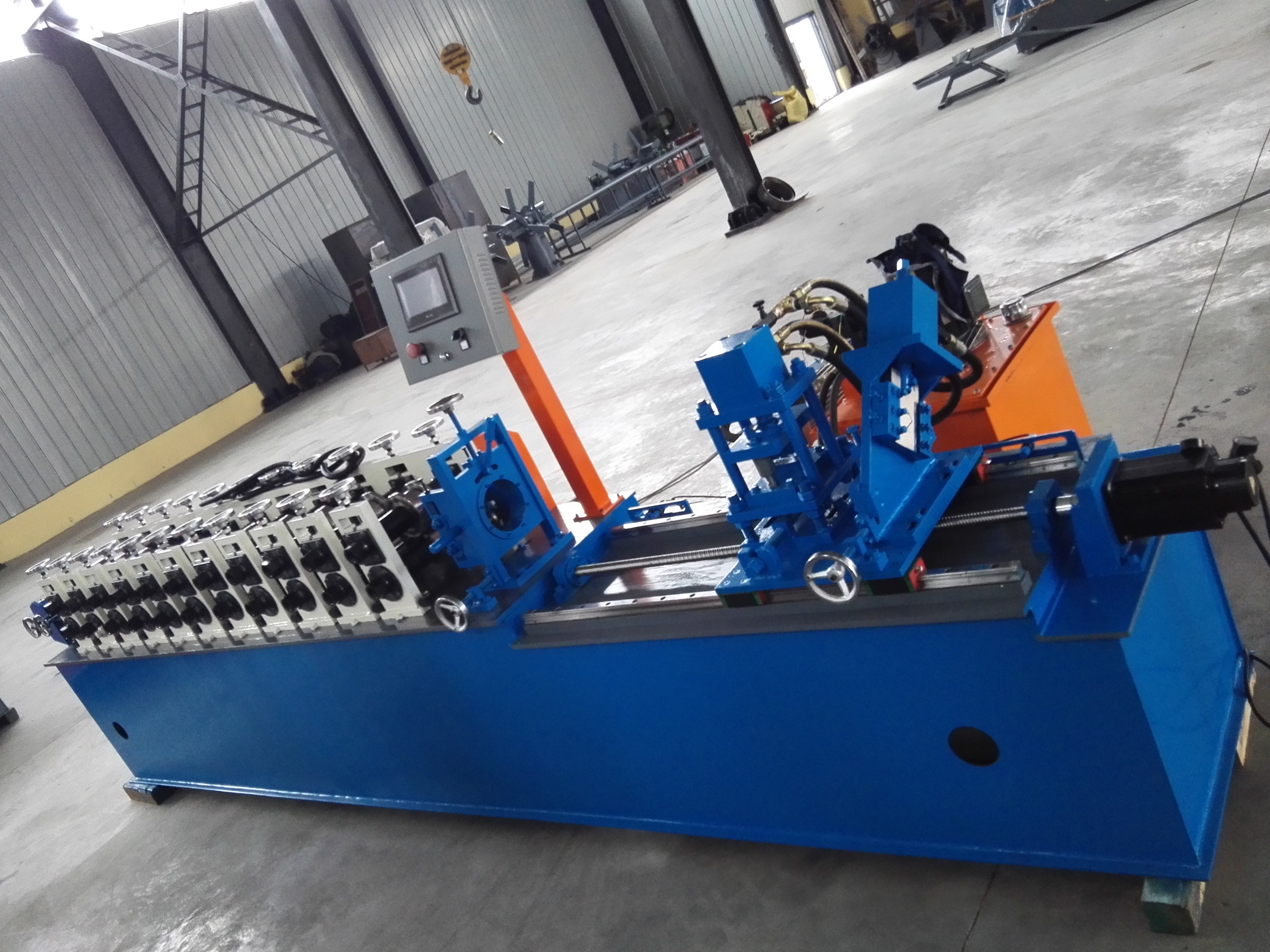
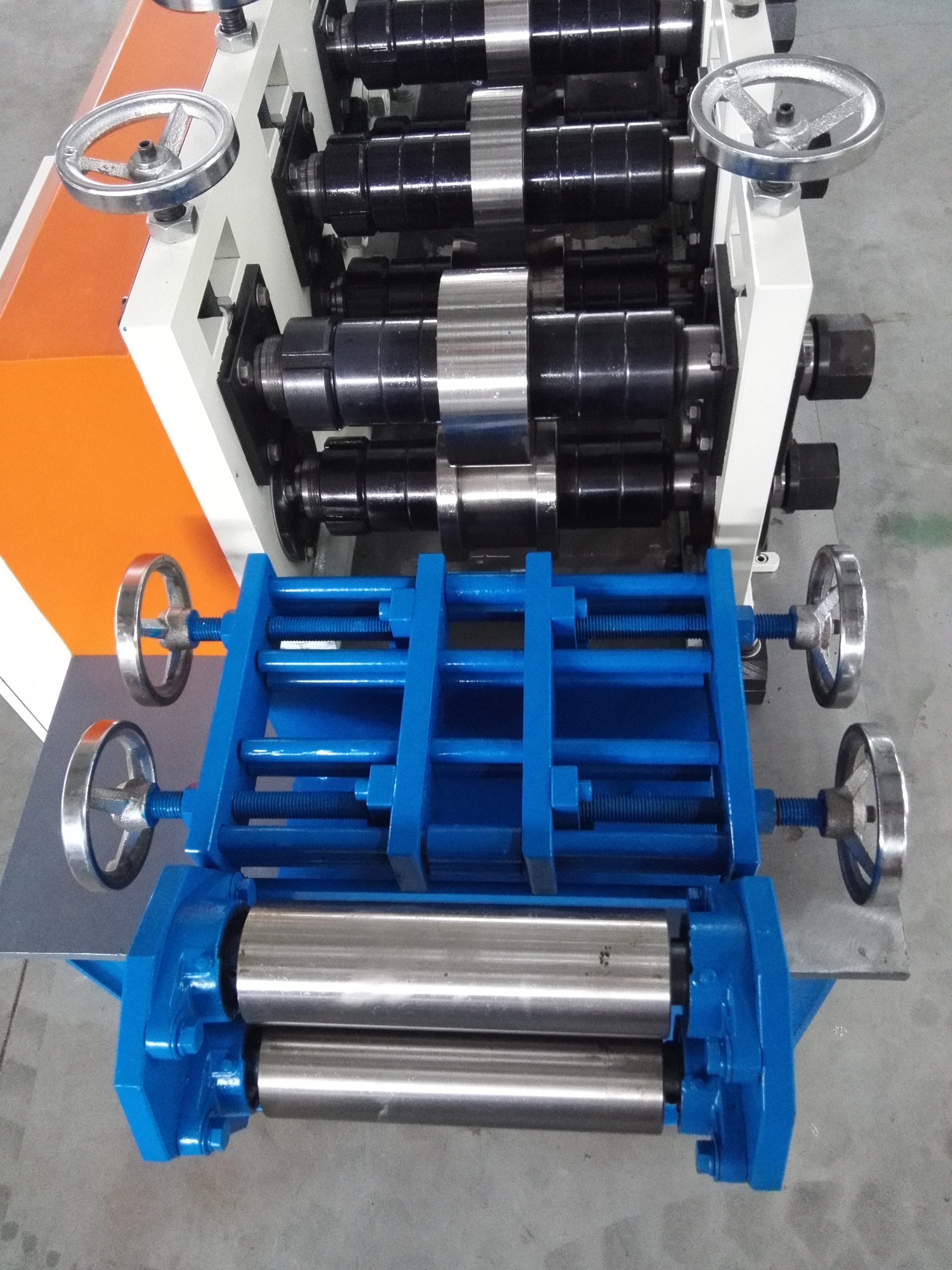
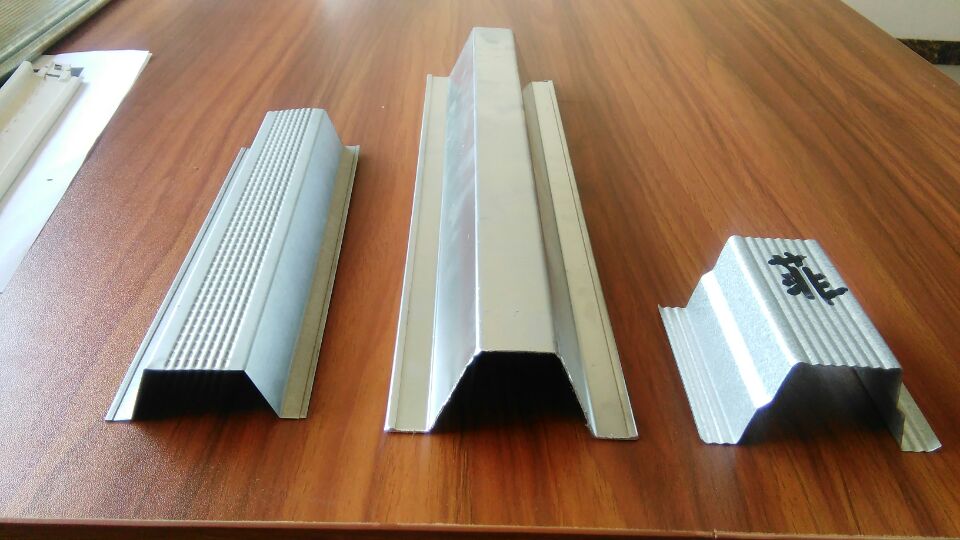
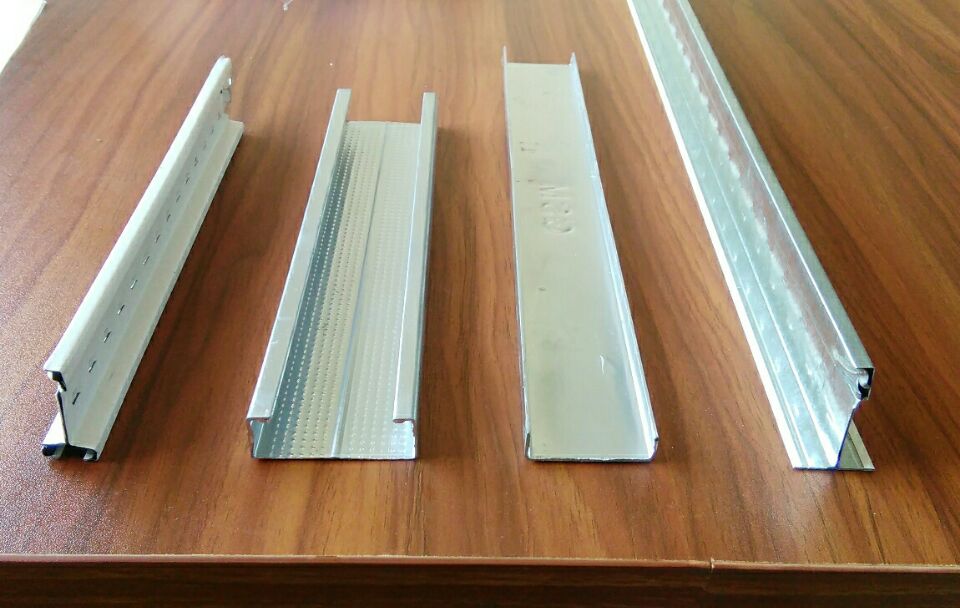

Training and Installation :
1. We offer installation service local in paid, reasonable charge.
2. QT test is welcome and professional.
3. manual and using guide is optional if no visiting and no installation.
Certification and after service:
1. Match the technology standard, ISO producing certification
2. CE certification
3. 12 months warranty since the delivery. Board.
Our advantages:
1. Short delivery period.
2. Effective communication
3. Interface customized.
Omega Light Keel Forming Machine
Omega Light Keel Forming Machine,Omega Ceiling Keel Forming Machine,Light Keel Roll Forming Omega Machine,Omega Light Cold Roll Forming Machine
YingYee Machinery and Technology Service Co.,Ltd , https://www.yingyee.cn
